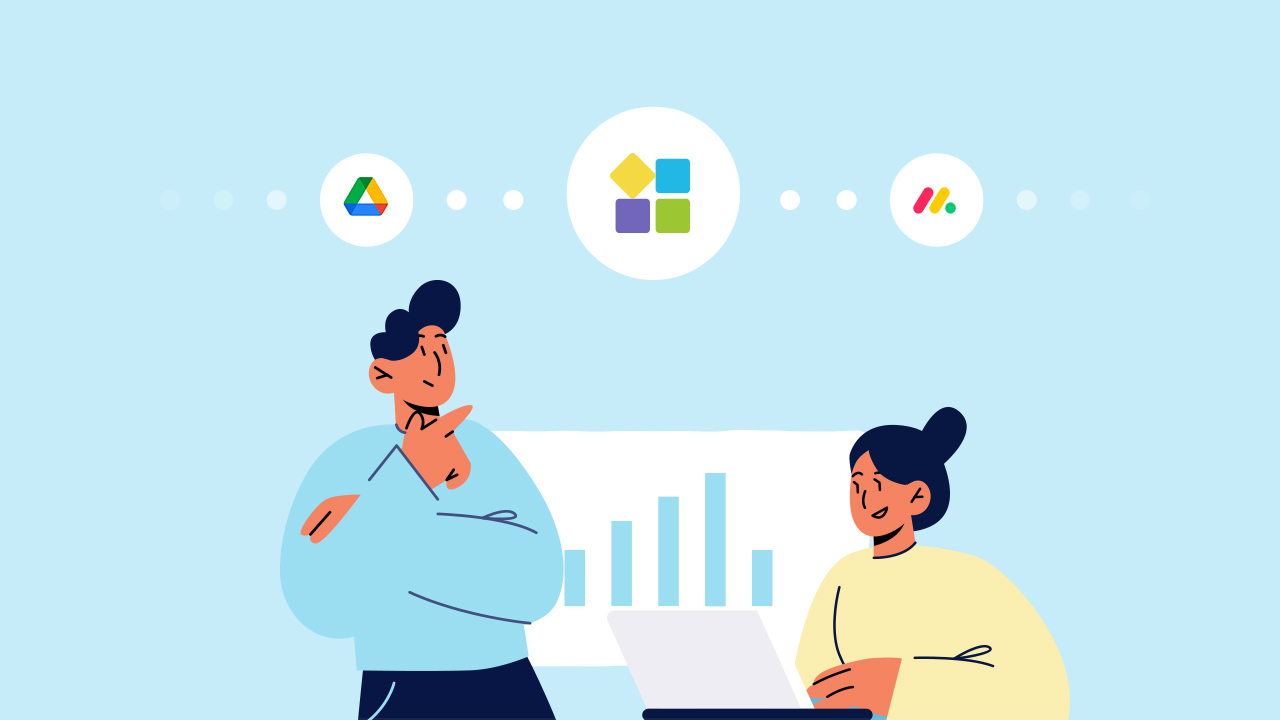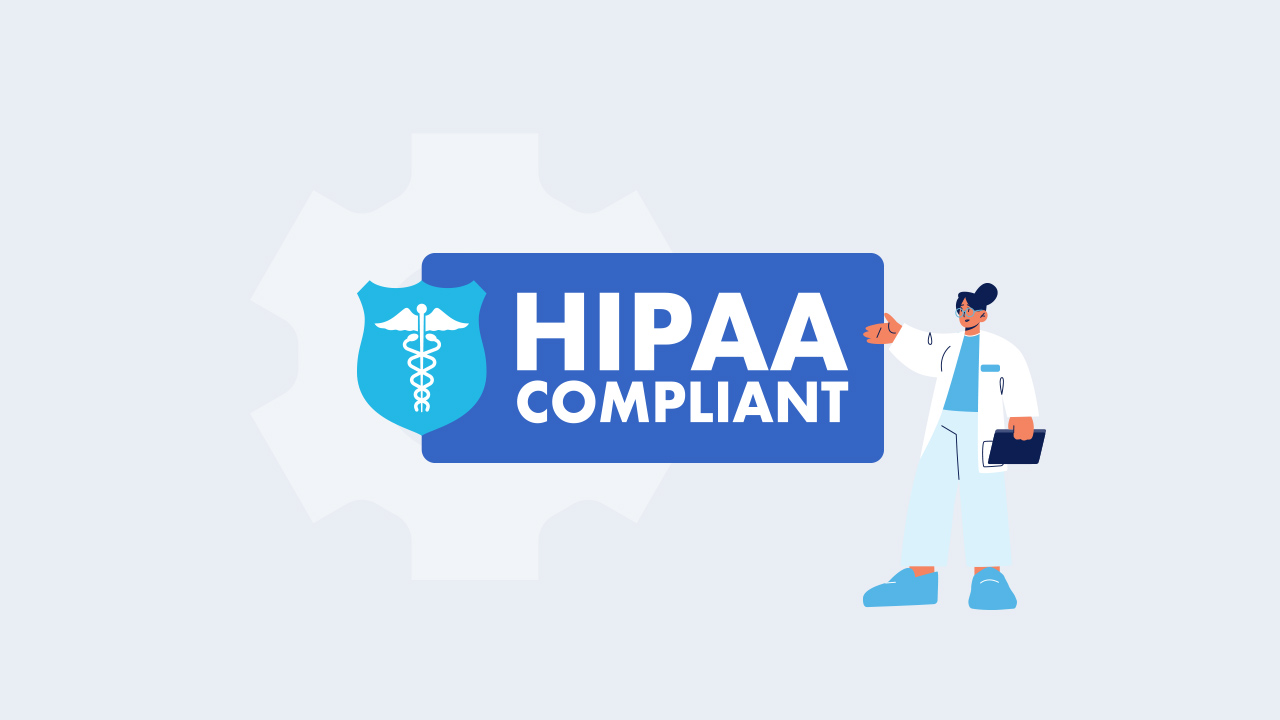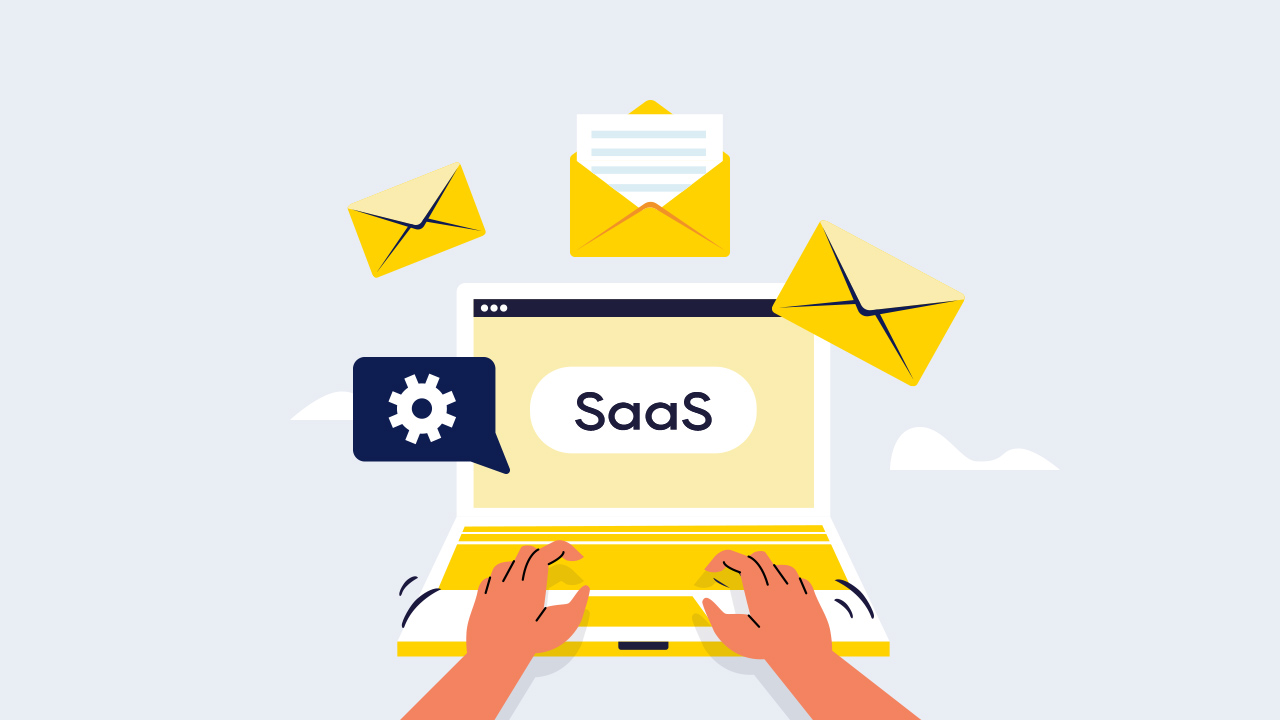
Ready to elevate your SaaS business? Unlock growth with powerful email campaigns! Discover the secrets to boost engagement, maximize ROI, and unleash your brand’s potential. With PlatoForms, the powerful online form tool, SaaS marketing becomes effortless. Ready to level up? Dive in and transform your email strategy!
What is SaaS email marketing?
SaaS email marketing is basically using emails to promote SaaS companies, grabbing new customers, and keeping the existing ones happy. Emails help nurture relationships, upsell or cross-sell, and boost loyalty. Keep it relevant through the whole customer journey for the best results.
Why is email marketing important in SaaS?
Curious about the pivotal role of SaaS email marketing? Here’re the key reasons that make it indispensable for SaaS providers:
-
Engaging users: Elevate user engagement by uncovering more features and boosting product adoption rates, creating a vibrant SaaS community.
-
Retaining attention: Keep your brand in the limelight! Email marketing reinforces retention by regularly showcasing your product’s value, gathering valuable feedback, and simplifying the product adoption journey.
-
Converting leads: Turn leads into loyal customers! Email campaigns work their magic by guiding users seamlessly from the initial stage to becoming your biggest advocates.
-
Gaining insights: Dive deep into customer insights! SaaS email marketing delivers valuable data on behaviors, preferences, and touchpoints, providing a holistic view of your audience.
-
Building relationships: Forge lasting connections! Leverage email sequences to build stronger relationships with both existing and new customers, adding a personal touch to your SaaS journey.
9 Practical SaaS Email Marketing Campaigns
- Welcome email
Your welcome email is the first message new subscribers get when they show interest in your business. It’s like a virtual handshake, confirming their sign-up and saying, “Hey, welcome aboard!”
First impressions matter. 74% of email subscribers expect to receive a welcome email just after subscribing to a new newsletter. Maximize yours by sending users a warm and engaging welcome email. It doesn’t have to be elaborate; keeping it short and sweet works wonders. A compelling welcome email typically includes a friendly greeting, what users can expect from your product or service, and a clear call to action. Get it right, and you’ll boost engagement rates and possibly conversions!
💡 Quick tips:
- Speak like a human: Keep it simple and conversational; there’s no need to overcomplicate it.
- Keep it simple: Make your welcome email warm and engaging without going overboard.
- Add the essentials: Include a friendly greeting, share what your business offers, and guide them with a clear call to action.
✅ Good emample:
This welcome email effectively engages the recipient through personalized greetings, positive language, a clear checklist for getting started, and an encouraging call-to-action, enhancing the user’s enthusiasm for exploring the full language experience.
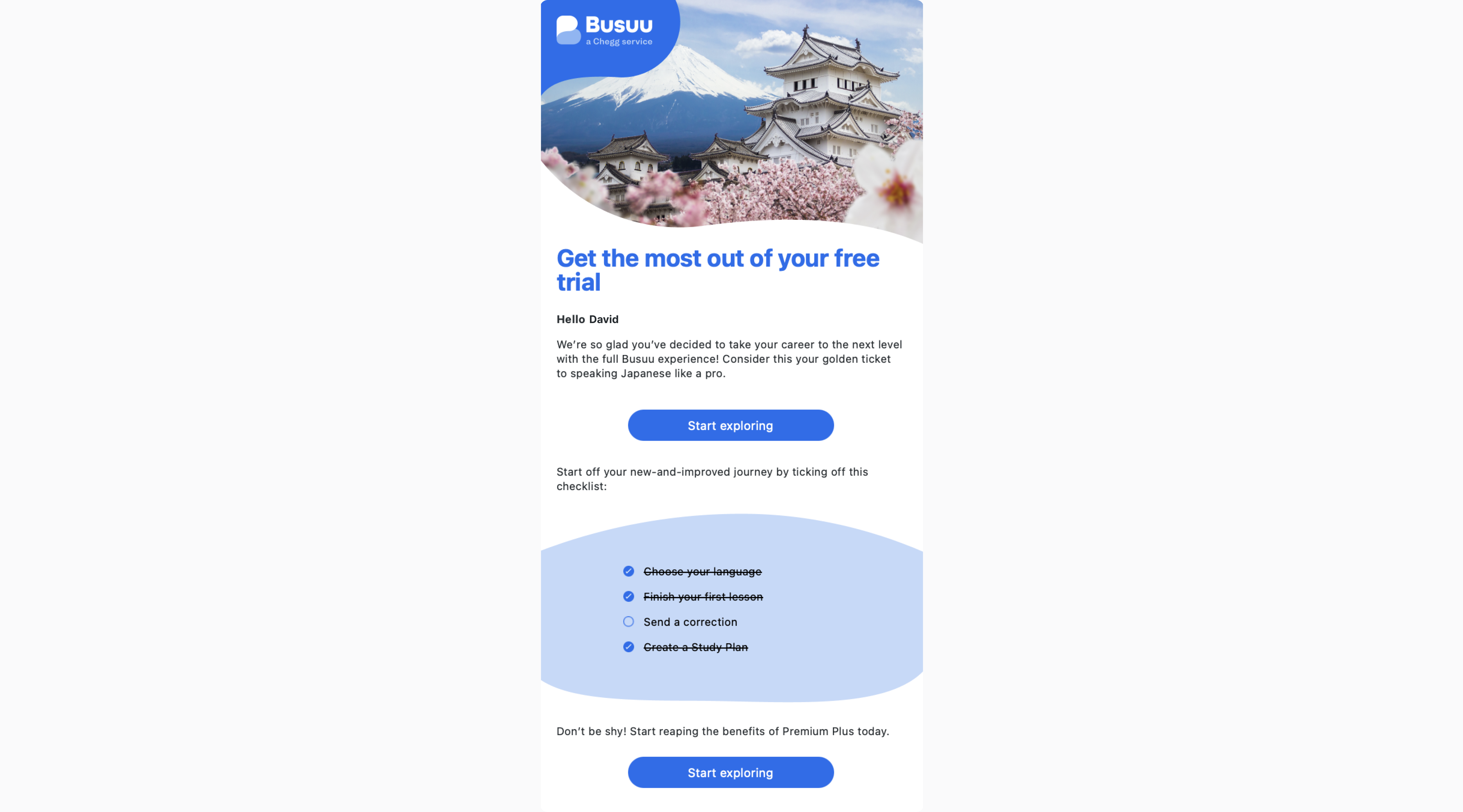
- Introduction email
After the initial welcome email, it’s time to deepen the connection with your users. A series of “introduction emails” gradually introduces them to various aspects of your product or service. For instance, if your product addresses diverse scenarios, showcase them in separate emails, illustrating how your product provides solutions in each context. This approach not only unveils unknown features but also nurtures your users in the process.
💡 Quick tips:
- Don’t go too salesy: People get it—no need to go overboard in sales talking. You wouldn’t want to overwhelm your users! Your content must focus on how your features can help your users with a particular problem, not to promote too much.
- Authenticity wins: Be genuine and relatable in your communication. Users appreciate authenticity, so don’t shy away from being real and human.
- Value-centric messaging: Emphasize the value your product brings to users’ lives. Highlight how it solves their problems and improves their experience rather than just listing features.
✅ Good emample:
The introduction email below effectively communicates the time-saving benefits of Grammarly’s new app actions feature, specifically addressing a common user need for incorporating GIFs or images directly into their messages, and encourages immediate engagement through a clear call to action.

- Supportive follow-up email
Sometimes, we all need a helping hand.
Asking for help can be challenging, especially when customers have burning questions about your product. The supportive follow-up email email comes to the rescue, perfect to send after the welcome or introductory email. Its purpose is simple: to assure customers that our support doesn’t end with their purchase—we’re here for them!
This type of email can feature check-in questions for new users, asking about their experience with the product and reminding them of our continuous support. It’s also an excellent opportunity to introduce lesser-known features or provide valuable resources like blogs, ebooks, or guides.
💡 Quick tips:
- Timing matters: If the follow-up is related to a specific interaction (e.g., customer support request), send it shortly after the issue has been resolved or the interaction concluded.
- Address pain points: If customers have raised concerns or issues, address them directly in a supportive manner. Offer solutions or guidance on how to overcome challenges.
- Express availability: Assure customers that support is ongoing and they can reach out whenever they need assistance. Provide contact details or links to your support channels.
✅ Good emample:
The proactive solution provided in the below example demonstrates a customer-centric approach and commitment to resolving issues, empowering users to personalize their experience and thereby enhancing satisfaction, all conveyed through a supportive and friendly tone for a positive customer experience.
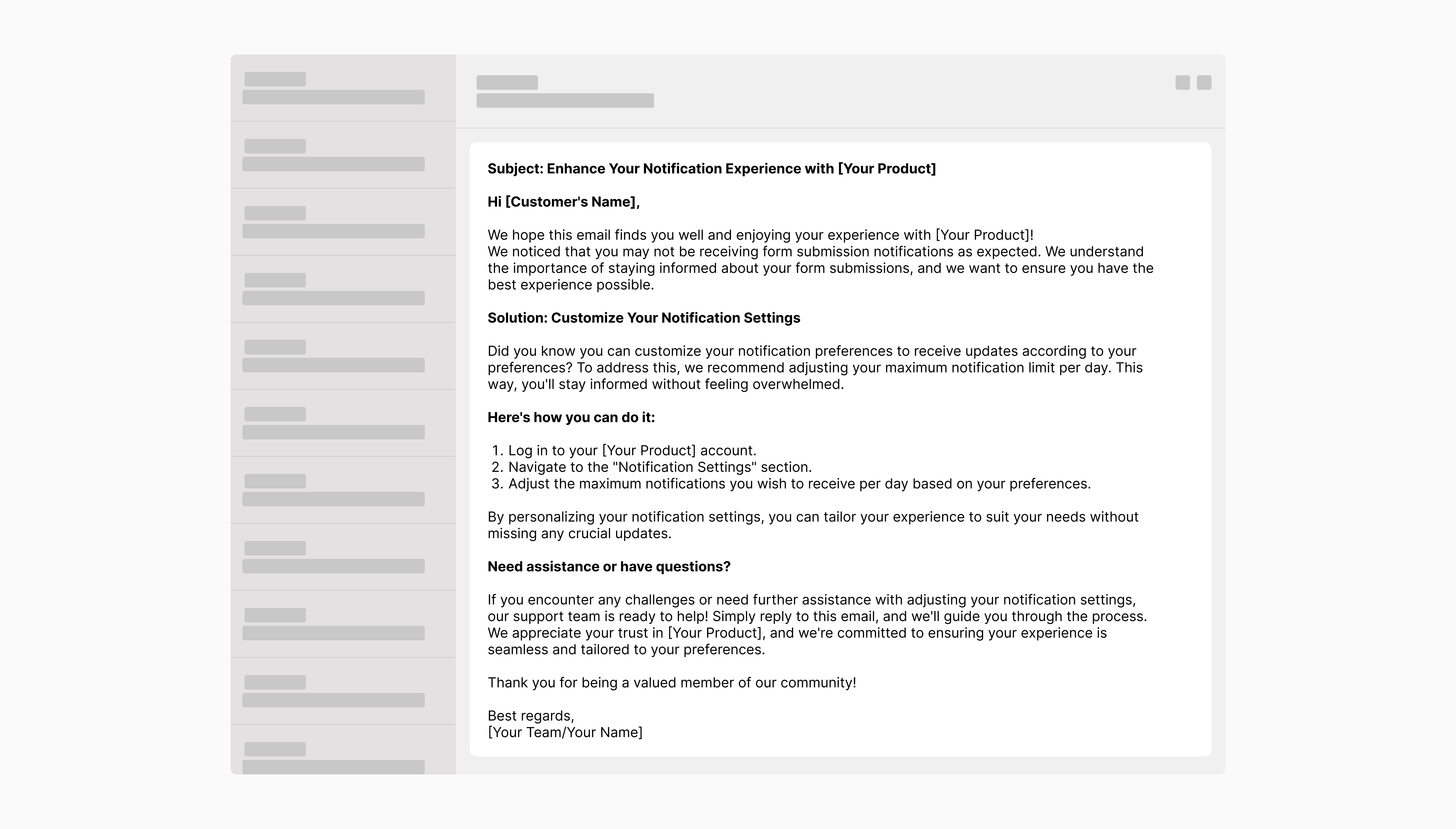
- Free resources email
Who doesn’t love freebies? Free resources are a big hit!
Take a cue from Zapier’s weekly blog update. They gather the best blogs of the week, offering valuable tips, guides, and productivity hacks. It not only engages their audience but also serves as a robust resource. You can send such emails weekly, bi-weekly, or whenever you have fresh content to share. Beyond blogs, feel free to include diverse content like ebooks, whitepapers, podcast episodes, or even revitalize an old social media post.
💡 Quick tips:
- Value-oriented content: Offer content that provides real value to your audience. It could be educational, informative, or entertaining—something that aligns with your audience’s interests.
- Clear call-to-action (CTA): Always include a clear CTA directing users to explore the resources.
- Discount email
Everyone loves a good deal, especially when it lands right in their inbox—a fact backed by the 67% of consumers who admit to making unplanned purchases because of discounts or coupons. Harnessing the power of discounts in influencing consumer choices, consider strategically sending a series of discount emails. Whether it’s a quarterly promotion or tied to significant company events like anniversaries, Christmas, Thanksgiving, or New Year’s, these emails can significantly impact your users’ buying decisions.
💡 Quick tips:
- Don’t be lengthy: Make them short and sweet. Don’t forget to highlight the numbers so your audience can visibly.
- Be creative: Provide a colorful graphic image partnered with an enticing copy. It also provides a sense of urgency for your audience.
✅ Good emample:
This discount email excels in personalization, presenting a clear and time-sensitive offer Uber Taxi rides, with a compelling call to action and transparent terms and conditions.
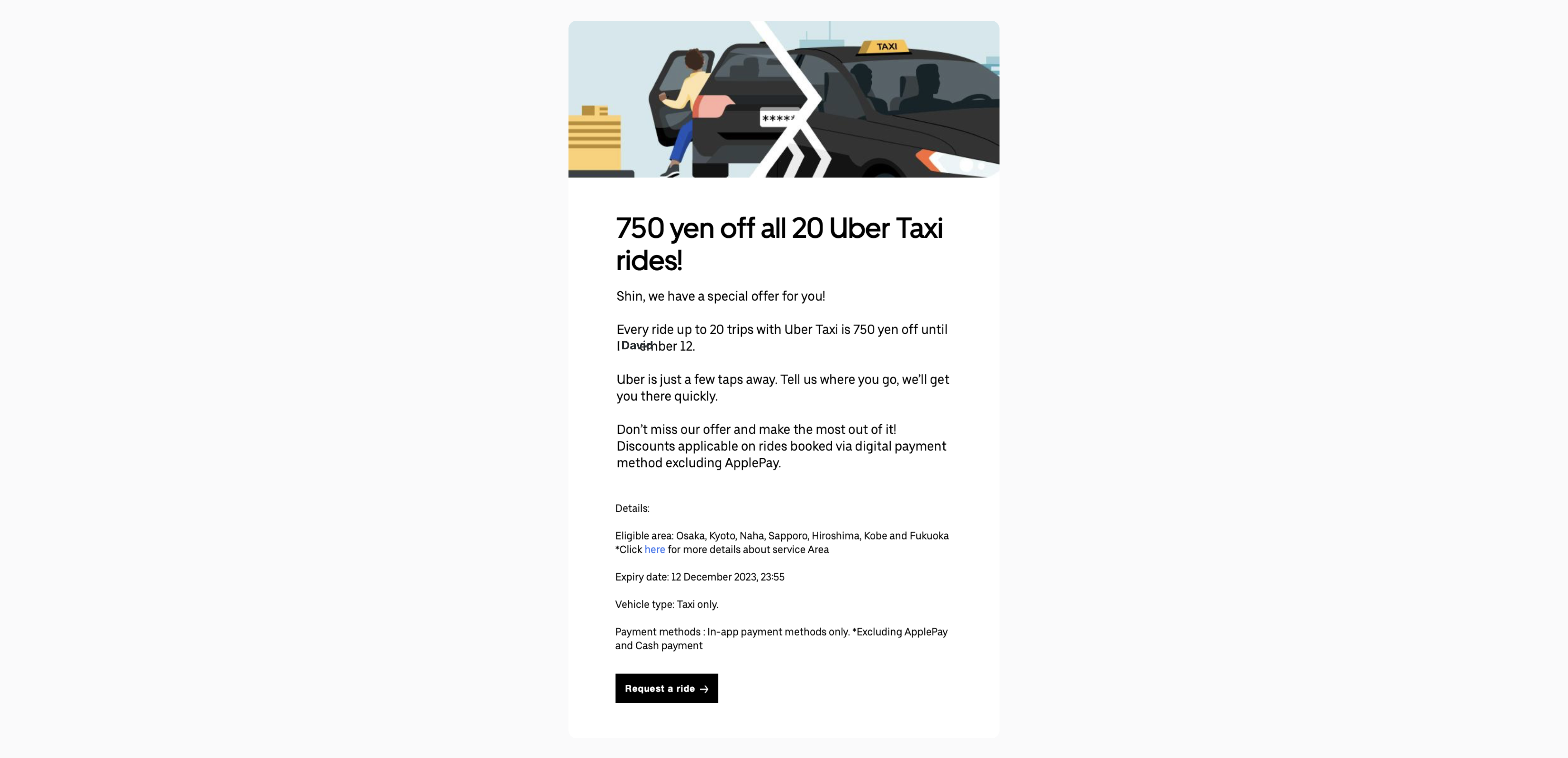
- Trial email series
For SaaS companies offering a free trial, a well-crafted email series can kickstart user engagement. Break down the series into three key parts:
-
“Your trial has started” email:
Begin by informing users about their trial period, outlining the functionalities available, and directing them to valuable resources like blogs, guides, or video tutorials. Include helpful tips to enhance their experience with the software.
-
“Your trial is ending” email:
Highlight the benefits users will lose post the trial period, sending a pre-expiration reminder. This instills urgency, prompting users to take the next step and emphasizing the impending loss of certain features.
-
“It’s not too late” email:
Even after the trial ends, reassure users that all is not lost. Encourage them to revisit what they experienced during the trial, presenting a quick call-to-action button for an upgrade. Remind them that the journey doesn’t have to end here.
-
Extension of the trial period email
Consider extending your users’ trial period as an optional strategy to provide them with more time to explore your product. Send this email approximately two weeks or a month after their initial trial ends. This gesture not only demonstrates flexibility but also serves as an opportunity to convert trial users into paying customers.
- Referral email
Engage your existing customers with a referral email, a powerful strategy to expand your customer base organically. Leverage the effectiveness of referrals, as recommendations from friends or family often lead to trust and new customer acquisition. Keep the email concise, outlining what actions you want your customers to take and the incentives they’ll receive in return. Short and memorable works best!
- Season’s greetings email
While holiday greetings may seem cliché, they never lose their charm. Whether it’s Thanksgiving, Christmas, or New Year’s, embrace a touch of cheesiness and send warm greetings to your customers. Use this opportunity to share exclusive discount offers or special vouchers, capitalizing on the holiday shopping fervor. The festive season is prime time for marketing, not only through emails but also across diverse channels like social media and blog posts.
💡 Quick tips:
-
Express gratitude: Take a moment to thank your customers for their loyalty and support throughout the year. Show genuine appreciation for their role in your business.
-
Incorporate visual appeal: Enhance your email with festive visuals and holiday-themed graphics. A visually appealing email is more likely to catch attention.
-
Exclusive offers or discounts: If applicable, include exclusive holiday offers or discounts to entice customers to engage with your brand during the festive season.
- Thank you email
Expressing gratitude goes a long way. Don’t forget to extend a heartfelt thank you to your customers for their continuous support—it’s their loyalty that keeps your business thriving. Did you know that more than 68% of customers leave a brand because they feel unappreciated? A simple thank you email not only shows appreciation but also strengthens engagement.
💡 Quick tips:
- Highlight customer impact: Share success stories or testimonials related to your customers.
- Offer exclusive benefits: Provide special discounts, early access, or exclusive promotions as a token of appreciation.
Conclusion
While these emails may appear simple, they are pivotal for the triumph of your e-commerce marketing campaign. Each email serves a vital role in transforming a browser into a buyer. There’s no need for complexity or extravagance; these types of emails resonate well with many online retailers and can be adjusted to suit your unique business and audience. Keep in mind, the more personal your approach, the more effective your email SaaS marketing strategy becomes!
PlatoForms, our online form tool, streamlines SaaS marketing by offering a range of features that enhance efficiency and user experience. It simplifies the process of creating, managing, and customizing online forms, ensuring a seamless interaction with your audience. With intuitive design options, automation capabilities, and versatile functionalities, PlatoForms enables you to capture leads, gather valuable data, and optimize your SaaS marketing efforts effortlessly. Whether it’s configuring default settings, setting up notifications, or customizing form styles, PlatoForms empowers you to create a cohesive and user-friendly experience, making SaaS marketing a breeze for your business. Sign up today for a 15-day free trial!



